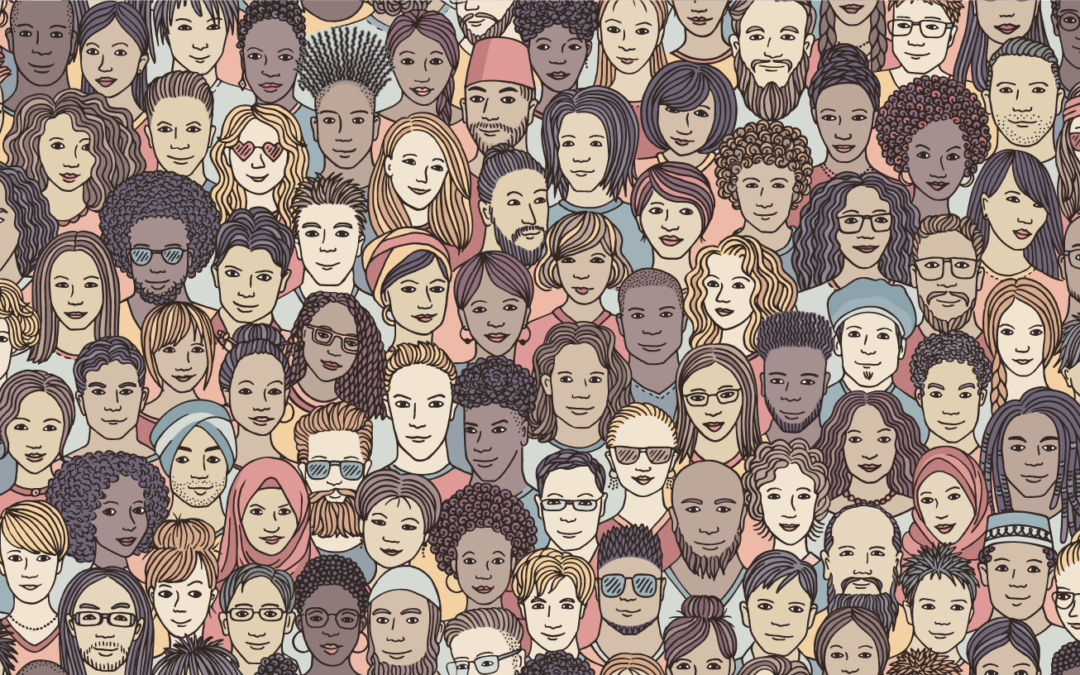There’s a litmus test applied by social justice types in their endless hunt for discrimination and oppression. It’s a simple one: they look at a profession, or an industry, or an economic stratum, or a town/neighborhood, or some other parseable segment of society, break down its demographics, and compare those to the demographics of the population at large. If any of their favored “oppressed” groups are under-represented, that is de facto evidence of systemic bias.
Systemic, meaning that the outcome doesn’t necessarily require actual bigots be identified (and scourged, we might presume), but rather that the entire structure of our society, including laws, regulations, and cultural norms, causes this disproportional outcome. Res ipsa loquitur, the disparity speaks for itself.
This is dubbed an inequality, and, of course, the remedy is coercion. So, since corporate boardrooms aren’t diverse enough by this simple yardstick, there must be a nefarious reason for it, and there needs to be an outcome-based remedy for it. As in, quotas.
This yardstick, among other flaws, is too simple. Much too simple. It measures something and assigns a cause without considering countless other causalities.
While some of those other causalities do trace to discrimination, most don’t. Those that don’t are rooted in individual preferences. Some of those are cultural, but many are shaped by human biology.
This is most notable in considering gender disparities. In America, 92% of loggers are men, 91% of nurses are women. Culture warriors might scream AHA! and declare that both these are proof of systemic bias against women (or they might not, since logging may not seem like a profession they want to “break into” – which makes all this even more subjective) but all we have to do is look at Sweden, where gender equality is a mandate and a mission. There, 95% of nurses are women. If this was a structural/systemic disparity, and the ratio would shift to 50/50 should those fetters be removed, we’d have seen proof of that over in the cool northlands of Europe.
The reality is that people are different. Men and women have, from birth, different chemicals coursing through their bodies, influencing their world-views, desires, wants, and proclivities in different ways. Men tend to care about things, women tend to care about people. Men are more risk-tolerant, as evinced by the fact that men account for 92% of occupational deaths. There is, of course, overlap, but two overlapping bell curves are merely overlapping, not identical.
Then there is the variability hypothesis. The distribution curve of intelligence is flatter for men than it is for women, meaning that there are more men at the very high end of intelligence, and more men at the very low end of intelligence (among many other traits). This would put more men in the extreme stratosphere of intellectual endeavors – and more digging ditches, mopping floors, and bagging groceries. Of course, it’s only the former that stokes the culture warriors’ outrage.
Ditto for the “wage gap,” the disparity between what men earn and what women earn. Again, this is judged by a far-too-simple yardstick – the simple comparison of averages, with no adjustment or allowance for differences in behavior, desires, goals, and priorities. That yardstick has quoted it at around 80 cents on the dollar or other figures in that range. However, when individual-choice differences are considered, the gap all but disappears.
Yes, that assertion raises incredible ire, because it refutes the raison d’être of so many, but that’s not a reason to reject it. Such is the way of the heckler’s veto, which stifles (intentionally) undesired truths.
Does this mean there’s no discrimination? Hardly. It is a reality that racists, sexists, and other bigots exist. They always will, but it is also a reality that there has been massive progress against discrimination, culturally, across this past century. The issue at hand is the ‘systemic’ argument, which bypasses individuals on both sides of the divide in order to advance a narrative with one real goal: justification for the coercion of others.
Those who would coerce are always seeking ways to convince others to submit. Marxists tried leveraging society’s economic disparities into support for a coercive, collectivist society, but failed (in part because many not-rich actually aspire to be rich). The lever was then moved over to identity disparities, and the premise of the individual was subordinated to identity-group politics. None of this changes the fact, however, that people differ, that two individuals that check all the same demographic boxes may have wildly disparate preferences, tastes, talents, skills, and so on. To put both of them in the same box, and assert that they are to be judged identically from a cultural/societal perspective is not only insulting, but fundamentally wrong. Any societal structure built upon this falsehood is doomed to fail, and drag down human progress with it.


The flatter is curve has more men in the higher end will bring ire and claims of test bias.
Which is proved correct because the highest listed in is held by Marilyn con Savant a woman which can’t be right.